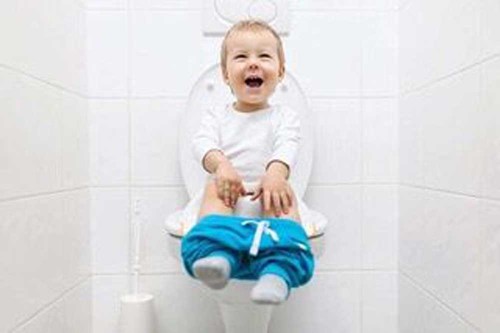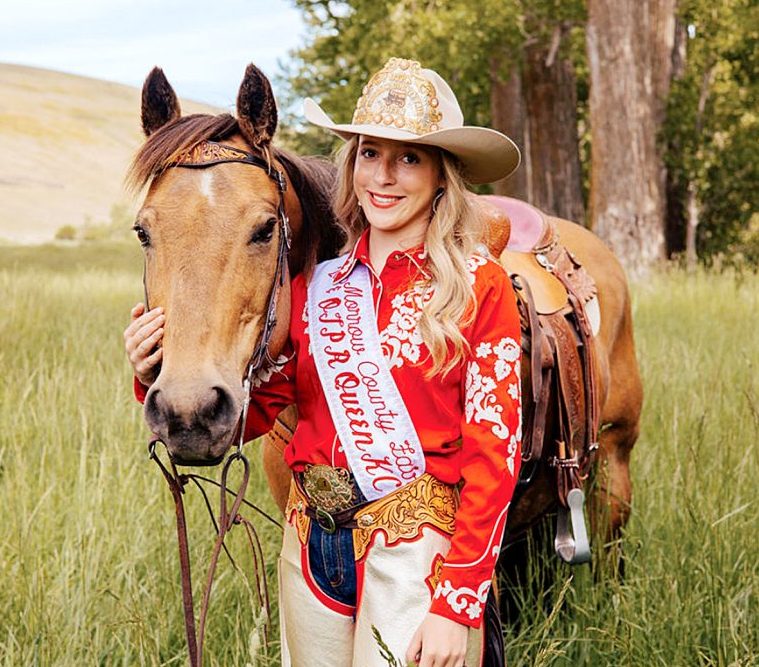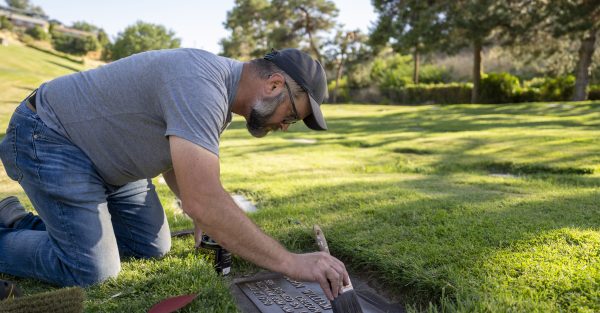Potty training takes some patience
Published 5:00 pm Saturday, August 31, 2024

- Potty training.jpeg
When people talk about power struggles they have with their kids, none are as wasted as the Battle of the Bathroom. Every parent with young children knows full well they will pee when and where they like. After countless hours trying to control their child’s toileting, parents can still end up watch them pee their pants in the middle of Walmart.
So, how do you make your child use the toilet? The answer may not be what you want to hear: you don’t. The first step in helping your child learn toileting skills is to realize you don’t control their body. Kids don’t want others controlling them anymore than you do, nor should they. Children are autonomous beings who need to learn how to manage their own body. The goal is that they will eventually take care of things themselves. Let go and embrace their autonomy and the accidents that brings.
Trending
The skills your child needs so they can succeed at toileting are learned way before they even sit on a toilet. The first is being aware of their body signals and cues. This means talking to them about how their body feels during non-bathroom events. You might point out, “Your body said it was thirsty, so you got your water bottle,” or “Your body says it’s hot so you are taking off your coat.” This helps them learn their body gives them information and they are able to respond. They are their body’s boss.
As they learn to listen to their body, you can also be working on motor skills. Give them plenty of time to dress and undress. This will help develop those gross and fine motor skills needed for pulling up and down pants, climbing the step stool to the toilet and sink, and the ability to wipe and wash. When they master these, using the toilet to be more empowering and less of a struggle.
Then there are the mental skills. Children need to learn when to shift gears if nature calls. How many times have you seen a child doing the potty dance because they don’t want to leave a fun activity? Helping your child learn this skill is hard and very important. Being the boss of their body means having to pause and take care of it. Point this out when they are hungry: “You were hungry so you took a snack break so your body could have energy. Way to take care of your body!” Sometimes the fear of losing the toy or game when they come back is overwhelming. Teach them how to pause an activity so they can take care of their body and come right back. This reassurance lets them know it’s safe to step away for a minute.
Role play and modeling is another good tool. Talk about how to know it’s time to go potty and what to do. Role play with their toys, have the figures and dolls go potty. If you have pets, point out how they listen to their bodies, too. Also address any fears they may have about the bathroom. Is it dark or there are loud noises? Problem-solve with them on how to feel safe there.
As your child is working on their toileting skills, get the environment ready for success. With any new skill, they need to learn the steps. Try creating visual charts of the steps to follow, such as pull down pants, get on toilet, go pee/poop, wipe, pull up pants, flush, wash hands. Take pictures of them doing these steps to help them visualize.
Once your child has the understanding and skills and the bathroom is set up, you are ready to go. You can let your child pick out their new underwear and set a date to say goodbye to the diapers. This last step is the hardest — actually letting your child take the lead and use the toilet when their body says so.
Trending
There will be accidents; these are not failures but opportunities to learn. When your child doesn’t reach the toilet fast enough, instead of getting frustrated point out how it feels to be wet. Ask if they liked it and what they can do different next time. With accidents, curiosity and support instead of shame will speed the learning process.
When anyone learns something new, there is a process and it takes time. Remember, your child is trying their best and you’ll be most helpful as their cheerleader. Give them lots of encouragement. Speaking of which, you may have noticed that there are no sticker charts or M&M rewards. That’s because you aren’t trying to control them, you are teaching them how to be in control. You are building up the internal motivation to master the potty.
Erin Bartsch is the coordinator for the Blue Mountain Early Learning Hub and works to bridge early childhood resources and prepare children for kindergarten. For more information visit www.bluemountainearlylearninghub.org.









